We know better than most that the global food packaging industry is making great strides towards more sustainable practices. Meanwhile, restaurants, cafés, bakeries, coffee shops, food trucks, caterers, supermarkets – and the consumers who buy from these outlets ...
Sustainability

Government Restrictions with effect from 1 July 2023
A guide to the steps to take if you currently supply single-use plastic tableware or cutlery.
This guide is being published in line with upcoming Government Restrictions which come into effect on 1 July 2023.
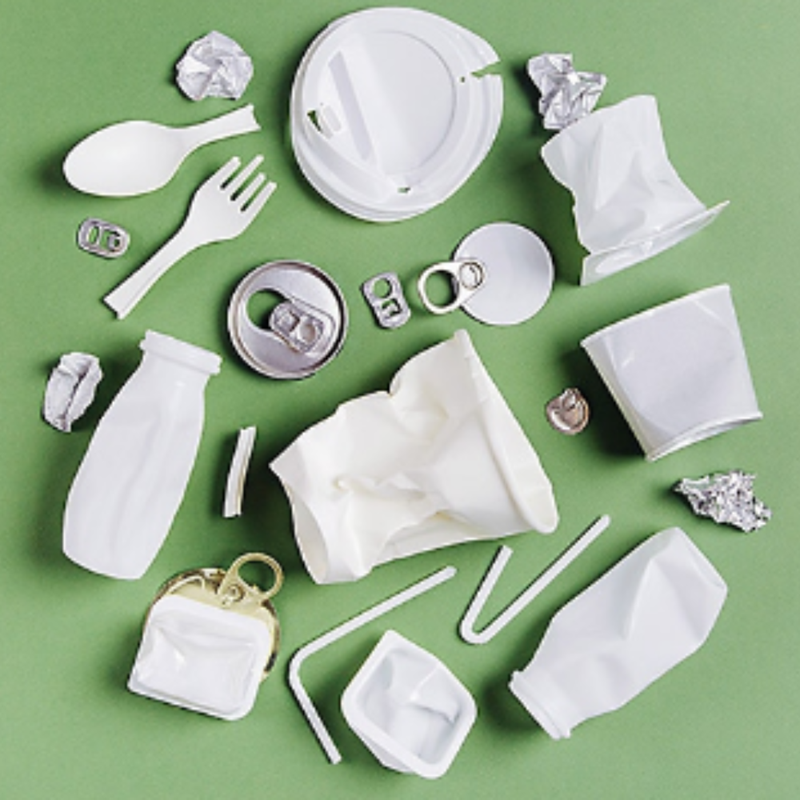
Tranche 2 phase out of single-use food items
From 1 July 2023, single-use plastic product bags, plastic straws, plastic produce labels and plastic plates, bowls and cutlery will be banned or phased out in New Zealand.

Plastic Products Banned from 1 October 2022
Illustration showing plastic products banned from 1 October 2022 (tranche 1) and alternatives.
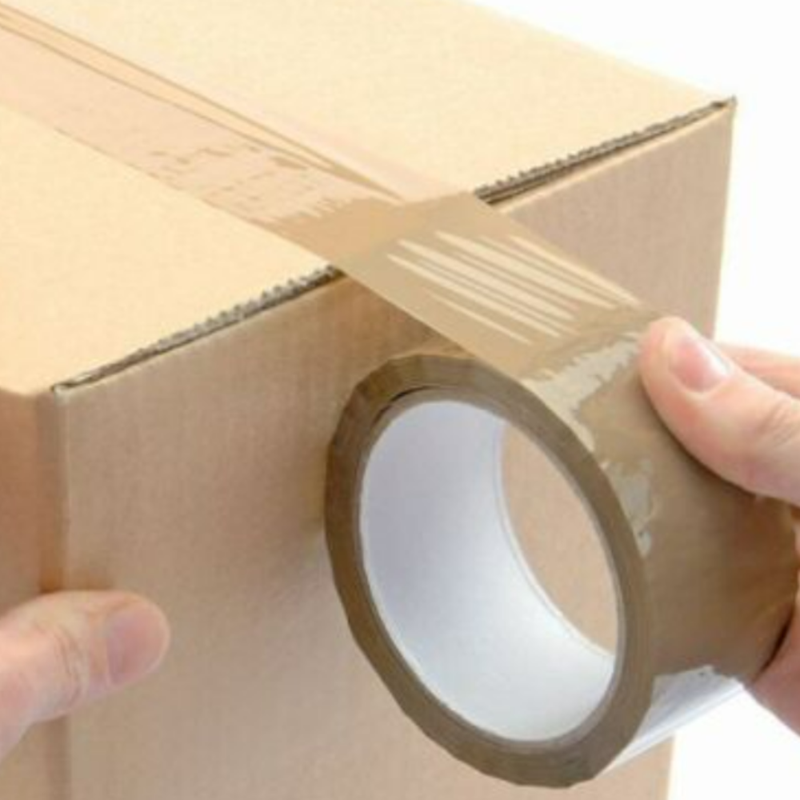
The Pros and Cons of Plastic and Cardboard Packaging
When it comes to food packaging 2 main materials are often considered and compared together namely cardboard and plastic. This article is written to highlight the key differences between each material, their advantages and disadvantages and also some other key points to consider when looking at your packaging needs.
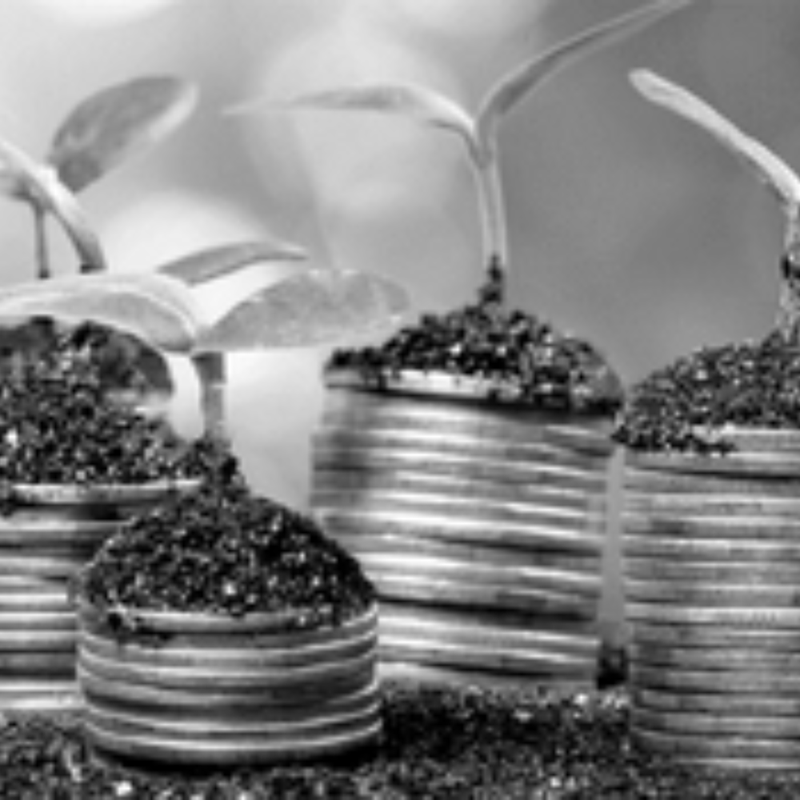
How do you sell your sustainability story on social?
Do you ever get the feeling you’re having the same sustainability conversation on repeat with the same group of customers and suppliers? Someone can only truly know that your small business is prioritizing the environment and social good if you tell your sustainability story.
This article shares some suggestions on how to do just that.
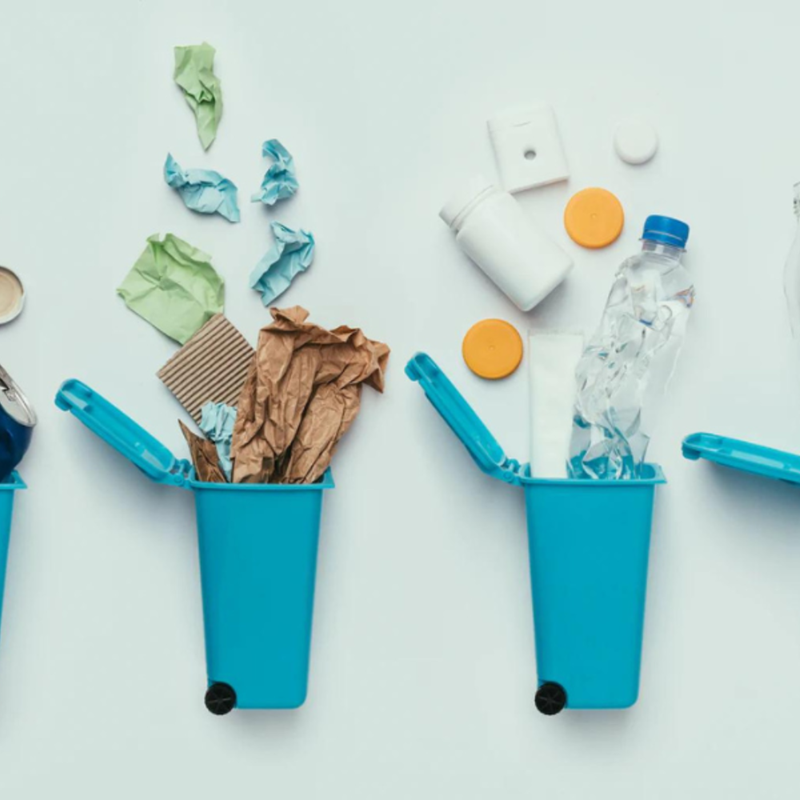
Does composting happen in New Zealand?
A big talking point within the industry at the moment is how sustainable food packaging businesses need to become more commercially attractive at the consumer-facing end.
We have written previously about how consumers are incredibly discerning today about where their products come from. They want to know the story around the products. Customers have an endgame in mind. ‘What happens to my takeaway box once it leaves my home for recycling?’

Compostable and Biodegradable Food Packaging (Review)
At Berica we often are asked about the differences between compostable and biodegradable food packaging. Well, the answer is very simple. In this article, you’ll discover the main differences and the reasons why it is so important.

Trees That Count
Why plant a native tree? Because they’re good for the environment, wildlife and you! In this article we will explore the environmental benefits of planting trees. It’s an easy way to improve our environment and help prevent further climate change and as we are all about sustainability we felt that there was a strong synergy between us and Trees That Count within New Zealand. Let us all do our part.
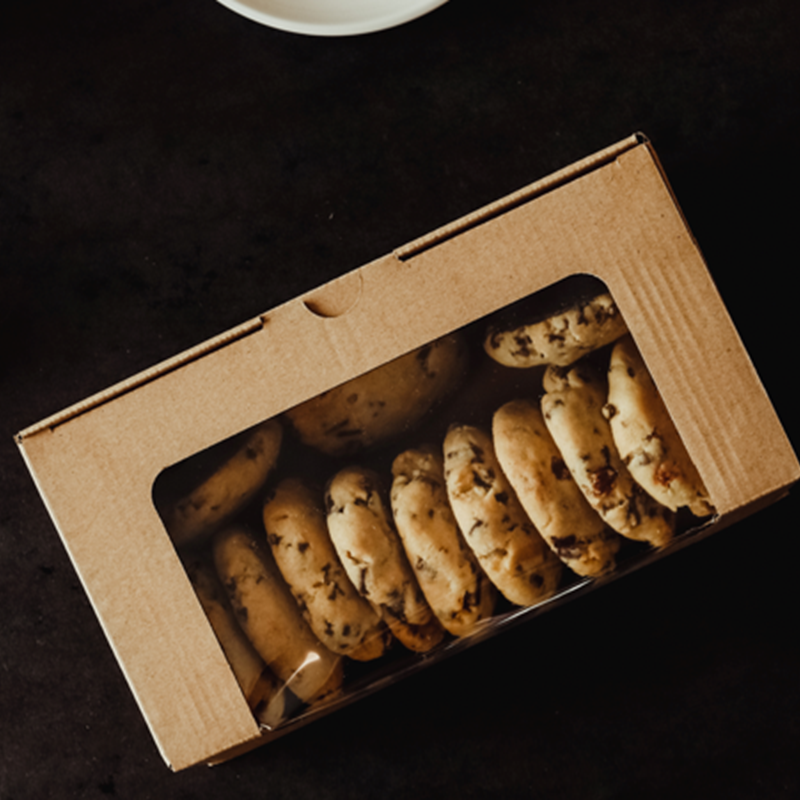
Differences home v commercial composting v kerbside recycling (Review)
We often get asked about the differences between home composting and commercial composting and kerbside recycling. This got us thinking at Berica, so we have written this article for you to demystify these terms and in this article you’ll discover the “journey of food packaging” once it leaves your premises.
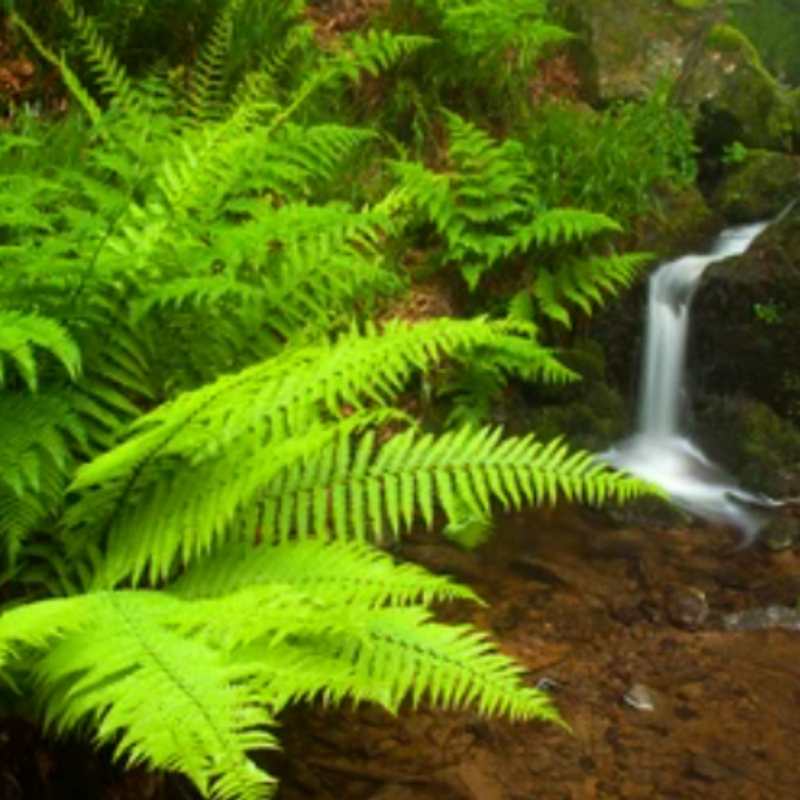
Sustainable v Compostable v Recyclable (Review)
When talking with customers like you, we are often asked about the differences between sustainable, compostable and recyclable. Well, the answer is very simple. In this article, you’ll discover the key differences which will enable you to make informed decisions on what packaging to use and what you feel is the best disposing method for your customers.

PFAS – What is it and why you should care?
A big talking point at the moment within the food packaging industry and by our customers and their consumers is around PFAS. This got us thinking at Berica. In our recent blog Lifting the Lid on Pizza Box Recycling (Are pizza boxes recyclable), we discussed the PFAS problem with one of the nation’s favourite takeaway treats.

Plastic Food Packaging v Sustainable Food Packaging (Review)
We often get asked “why does sustainable and environmentally friendly food packaging costs more than plastic food packaging?” – does this sound like something you’ve been asking?
In this short article we will explain what makes sustainable food packaging cost more.

How do I justify the extra expense for sustainable packaging?
Customers and suppliers are more discerning than ever before about where their products come from. Environmentally friendly products are more “exclusive” and “attractive” – a lifestyle choice which appeals to a more thoughtful consumer. Products which are elevated in price do carry a luxury perception with them, as do products that are packaged well – tapping into our emotions. So, this is good news. Higher prices are ok – if the product is green and good.
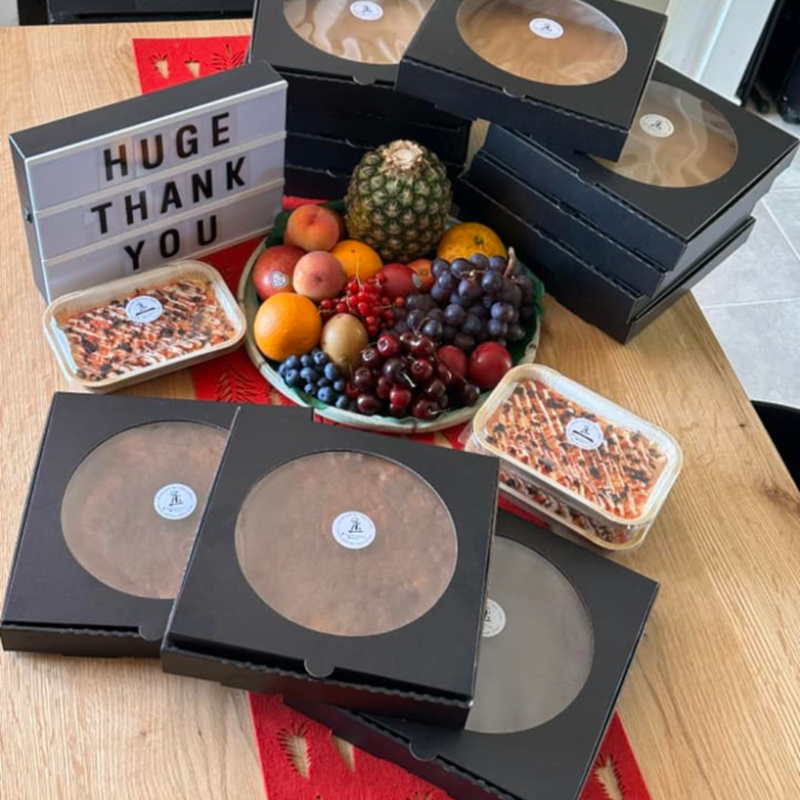
Are pizza boxes recyclable?
Pizza holds an unusual place in the sustainable food packaging story and it’s a real talking point for us at Berica. The millions of pizza boxes produced and discarded each year for takeaway purposes are almost a footnote to the central characters of burger and hot chip containers and baking boxes.
Strange then, considering more than five billion pizzas are sold around the world each year and an estimated 350 slices are consumed each second.
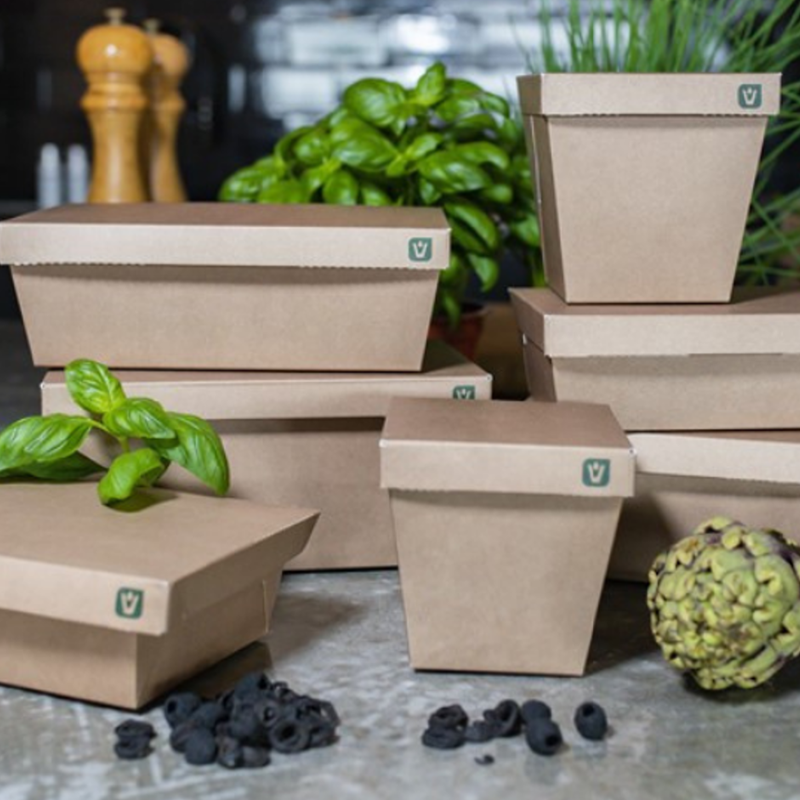
Sustainable Takeaway Food Packaging
At Berica Packaging we’re stoked to present our new range of Neverleak Takeaway Food Containers to New Zealand cafes, bakeries and restaurants.
Our Neverleak range ensures excellent presentation for your food. The range, made from a unique paperboard, is fully home compostable, safe for use in microwaves and, as the name suggests. At Berica we developed the Neverleak range in response to our customer's demands for more ...
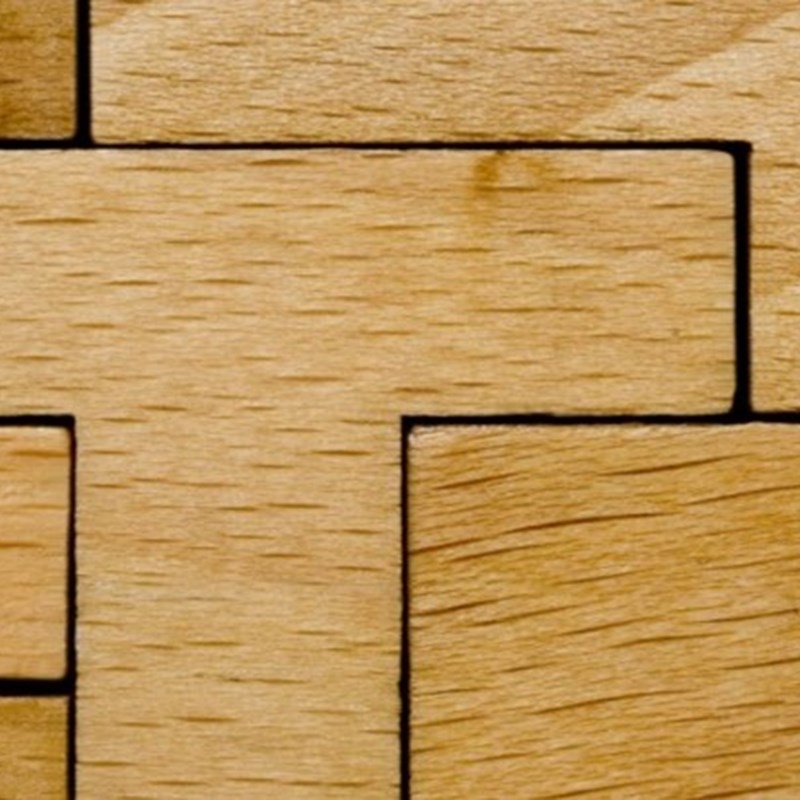
Why Berica isn’t a good fit for everyone
No one in business has ever done well trying to be everything to everyone. And as a buyer you never want to start trading with a company that just doesn’t fit, with the intended reason that you had in started purchasing from in the first place. – Right?
The following article is to help you understand and get an insight as to who we aren’t in a position to serve.
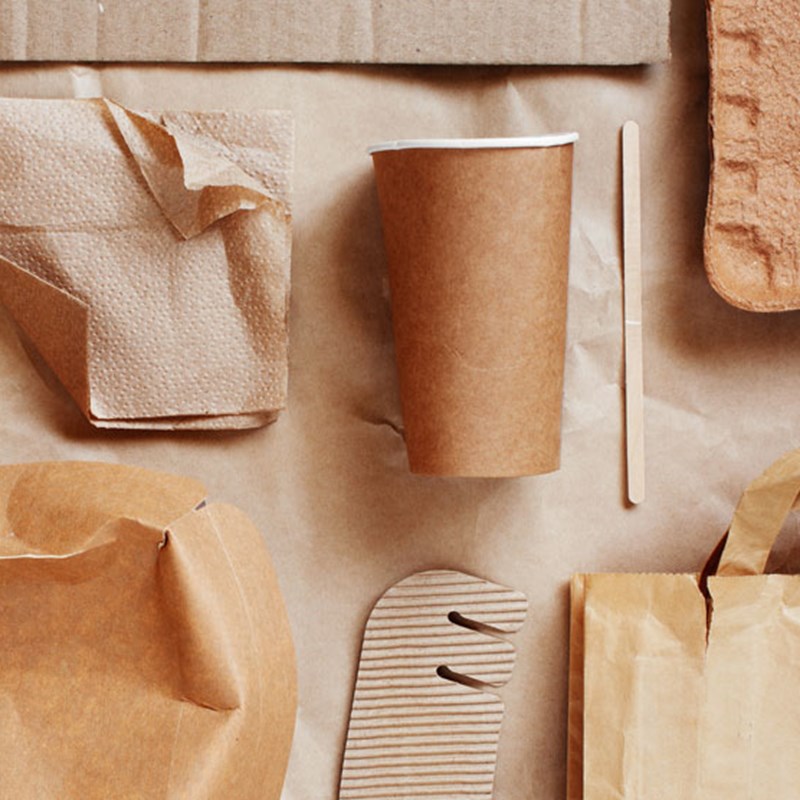
Eco-Packaging
November’s COP26 summit has been called ‘the biggest climate moment since the Paris Agreement at COP21 in 2015’ – the historic treaty signed by 196 countries aimed at making changes to keep global warming "well below" 2C above pre-industrial levels.
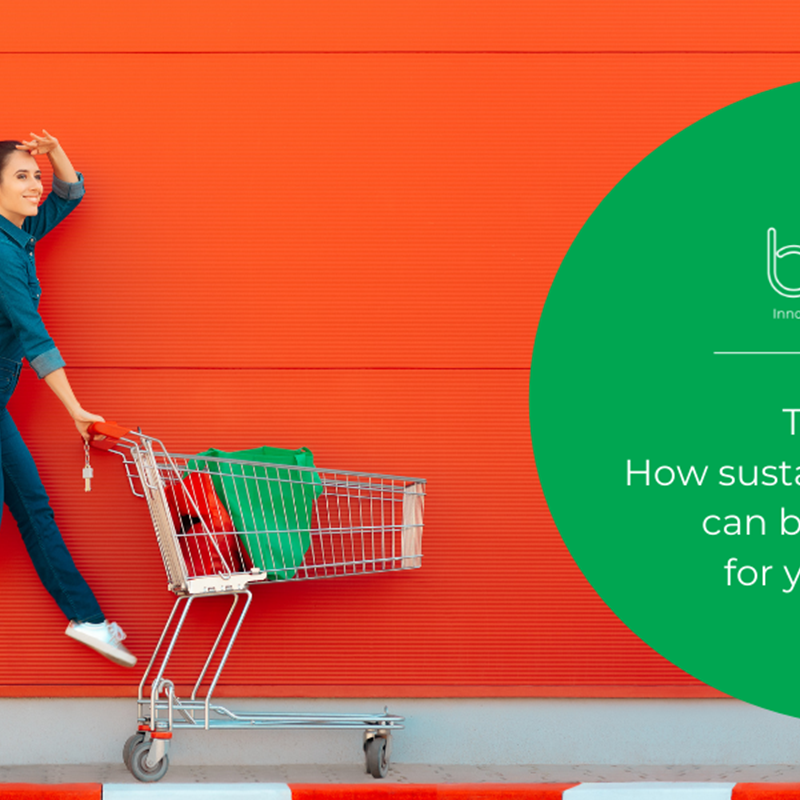
How sustainable Packaging Builds Resilience
People have changed how they live and work due to Covid-19 and the resulting lockdowns. This has made industries rethink how they can cater to the COVID-adapted consumer as the demands for innovative consumer goods and sustainable packaging has accelerated.
Categories

